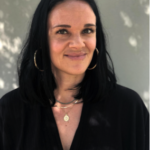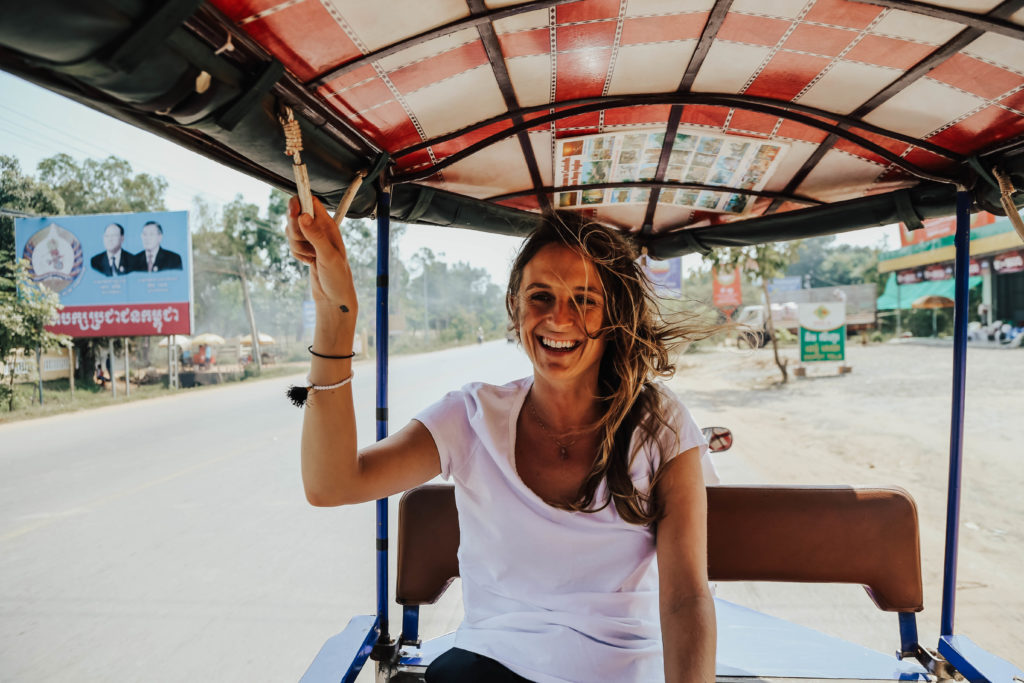Storytellers can think bigger. Being responsible for the stories we tell through our personal social media or fundraising campaigns is great, but sometimes it isn’t enough to focus only on the individual stories. We should also be thinking through brand stories.
I came to this realization after years of working as a storytelling consultant for nonprofit organizations around the world. I would go into the field with the intent to tell people-first stories, but I would realize along the way that some organizations weren’t running their programs or training their staff in a people-first way. What did it matter if my stories were ethical if the organization itself wasn’t one I agreed with?
As creatives, often as consultants and not full-time employees, how much power do we have to inform and shape how an organization does their work? Okay, not a lot. Minimal, at best. We also usually aren’t program developers or M&E experts, BUT I do think that as storytellers — writers, photographers, videographers — we can bring the gift of narrative to whole organizations.
What if we collectively started asking our clients, whether they are nonprofits, nonprofit businesses or corporate social responsibility departments, about their brands? Questions such as: what kind of organization do you want to be? How do you want your stories told and through what language? What policies do you have that guide your storytelling process? Then we aren’t just talking about ethical storytelling, we are talking about ethical organizations.
Telling ethical stories starts with ethical brands. I have gotten so much satisfaction moving from a storyteller role to helping clients think about how their overall brand tells a story. As someone who cares about writing ethical stories but also making sure work is done ethically, I can use questions and conversations to help shape HOW an organization tells their brand stories. This hopefully gets enshrined in policy and staff training — that’s transformation.
To help an organization transform, you can evaluate whether language, policy and people are in alignment. Here are just a few things to consider when trying to help shape ethical brands:
Words matter.
● Words in a video script matter, but the words staff use to describe the work matters perhaps more. Make sure that everyone from the CEO to social workers to product engineers to development staff all use the same dignified language to tell stories about the work.
● Are the vision, mission and values in alignment with the organization’s current philosophy of storytelling?
● Do words being used mean the same in the culture in which you’re working as it does to your donors (for instance, orphan or victim)? Would your clients self-identify with that term or is that a shorthand term being used to signal donors?
Policies matter.
● As employees of an organization, are there communications policies that safeguard the stories of your clients from contractors or even rogue but well meaning staff members from oversharing or telling stories unethically?
● As creatives who contract with organizations, you could start by asking for policies that govern storytelling. If the client doesn’t have one, you could offer to connect them with someone that might help.
● There are probably existing laws or policies that dictate what you can and can’t say in your communications. Some countries have very strict anti-defamation laws, particularly when it comes to revealing the identities of children. Make sure you and the organization you’re working for are in compliance.
People matter.
● Has the organization’s staff been trained on why ethical storytelling is important? If not, is this something they would be willing to invest in?
● To change the brand stories, we have to change the storytellers. There are probably local staff, videographers, producers, photographers or models that the organization could be using instead of hiring people to come from other countries. If the community you’re working in isn’t your own, you could help refer or include someone from there.
● Are the stories you are telling centered on the lived experiences of the people the organization is working on behalf of, or are they centered on donors or buyers? Defining people by who they are and not their circumstances, even when it’s shorter and easier not to, is people-first storytelling.
This is hard, I get it. In a donor-centered space, I know how tough it is to tell stories that maximize SEO and views and shares while also centering thoughtful narratives and imagery on marginalized people. You’re out there just trying to make a video for a water well fundraiser, and I’m over here talking about vision, policies and staff training. Not all of this will apply to everyone. But I do think these are helpful questions if you want to screen for excellent, ethical clients or work with a client to make their brand stories more consistent and ethical.
And, look, there’s no purity test. I’m not saying to only work with brands who answer these questions 100% correctly (and my 100% might be someone else’s 70%!). To me, the goal has become facilitating conversations and transformation within organizations that tell stories about the poor and marginalized. Whether I’m working with a client for one project or a few years, there might be a way that I can help ensure that they are not only concerned with ethical stories now, but with being more ethical in their whole approach to brand stories for years to come.
After years of one-and-done storytelling, I wish I had been more thoughtful with the stories I told and focused a little more on how brands told their story overall. But it’s just as true for brands as it is for us as storytellers — the goal isn’t perfection, the goal is better.
 Constance Dykhuizen connects funders to nonprofits and vice versa as a philanthropy and communications consultant. You can follow her work and writing at constancedykhuizen.com, @constanced on Instagram and Twitter, or subscribe to her podcast Great Society on iTunes or Spotify.
Constance Dykhuizen connects funders to nonprofits and vice versa as a philanthropy and communications consultant. You can follow her work and writing at constancedykhuizen.com, @constanced on Instagram and Twitter, or subscribe to her podcast Great Society on iTunes or Spotify.




